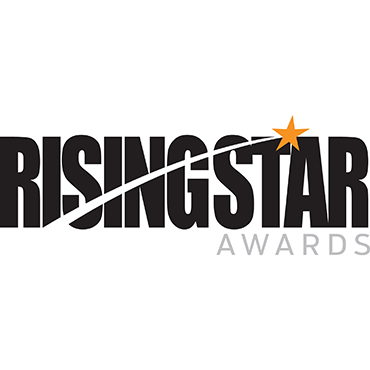Singh, Mathur still working for those who serve

Former Rising Stars have continued their work to aid soldiers, veterans by improving health IT.

The deadline for nominating 2013's class of Rising Stars is coming fast. Click here to nominate a young federal employee whose work is already showing great promise. But don't delay -- the deadline is July 15.
Pawan Singh, a principal at Deloitte, was honored with a 2012 FCW Rising Star award for helping to design and deploy a system that captures medical treatment records for soldiers in Iraq and Afghanistan and sends those electronic documents to medical providers back in the United States.
During Operation Desert Storm in the early 1990s, Singh said, it would take six to eight months for soldiers’ battlefield medical records to arrive in the United States. Now it takes about 24 hours. "We want to beat the timeline before the soldier goes back home,” Singh said. “We can't afford…to send an ailing soldier who has trauma” home without all the necessary medical records.
Singh said the move from paper to electronic records helps facilitate better medical care. "As you provide care, wherever you do -- whether it's the hospital at Walter Reed, or whether it's Iraq or Afghanistan, at whatever level you provide the care -- we want those records updated very quickly so the physicians have the power to make decisions very, very quickly based on what has been done with the soldier."
Singh said fast access to a comprehensive medical history is especially important for soldiers suffering from post-traumatic stress disorder and traumatic brain injury.
"Trauma takes time to set in,” Singh said. “You cannot see it on the face. So when soldiers tell us they have these symptoms, how do we make sure that we give them the proper care so that when they come back [to the United States], we follow up with them?"
Singh continues to work toward making health information for soldiers and veterans easier to transfer. Among his objectives is speeding the transmission of health records so it only takes eight to 12 hours for them to arrive back in the United States.
"The impact has been phenomenal, and I have taken that work that we did to a next level now," he said. Singh added that the lessons Deloitte has learned from commercial clients can help the company improve synchronization in the public sector. For instance, he is interested in enhancing health data standards for the departments of Defense and Veterans Affairs so that the agencies’ records can be interoperable.
Data in DOD’s system cannot be pulled into VA’s system, he said, "so the entire electronic health record has to be standardized." Standardization could also help VA reduce its backlog of disability claims. "When people and agencies start to follow the standards, work itself becomes very easy," he said. And with that ease comes better medical care for wounded warriors.
"These projects have a material impact on how soldiers get care, and I'm personally passionate about it and love being a part of it," he said. "My clients are very thankful that the [Rising Star] award actually got them a lot of attention as well."
Another Rising Star winner who brought innovation to military health care is Gaurav Mathur, a project lead at Creative Computing Solutions Inc. He won in 2011 because of his leadership in catalyzing and simplifying the sharing of veterans’ medical information among health care professionals.
Mathur works with three programs -- Blue Button, the Virtual Lifetime Electronic Record and the My HealtheVet portal -- to consolidate veterans’ medical records from DOD, VA and private providers.
Ideally, when veterans "visit their private doctor, the doctor can pull their records from VA,” Mathur said. “They don't have to carry any records -- no X-rays, no encounter records, no medication. All the complicated medications -- they don't have to remember those."
Mathur, who has been working on veterans’ medical records since 2005, helped launch a pilot information-sharing program in 2009 using the records of about 1,000 veterans.
Before then, "there was no complete picture for the provider of different [lab tests] done for [patients], different test results, their allergies, their immunizations. All that comprehensive record was not in one place,” Mathur said. “Now with one click of the button, all the participating health information exchanges can actually receive all requests for a summary of health records for the patients."
He is now focusing on implementing standards for new mandated fields in the electronic medical documents and said that in the past, medical professionals were only required to record basic demographic information.
“Just imagine receiving a continuity-of-care record with just demographic information of the patient and no real patient data for allergies, immunizations and medications,” he said. “So it’s pointless in one sense.
You’re basically sending a document [that] says this is the patient’s name, this is the address, this is the next of kin and support. And there’s nothing else because nothing else was mandatory.”
Mathur said the key to certifying the accuracy and completeness of VA’s electronic health records is allowing a third party -- in this case, veterans -- to view, transmit and download their records. The next step would be allowing veterans to send their records directly to their providers.





